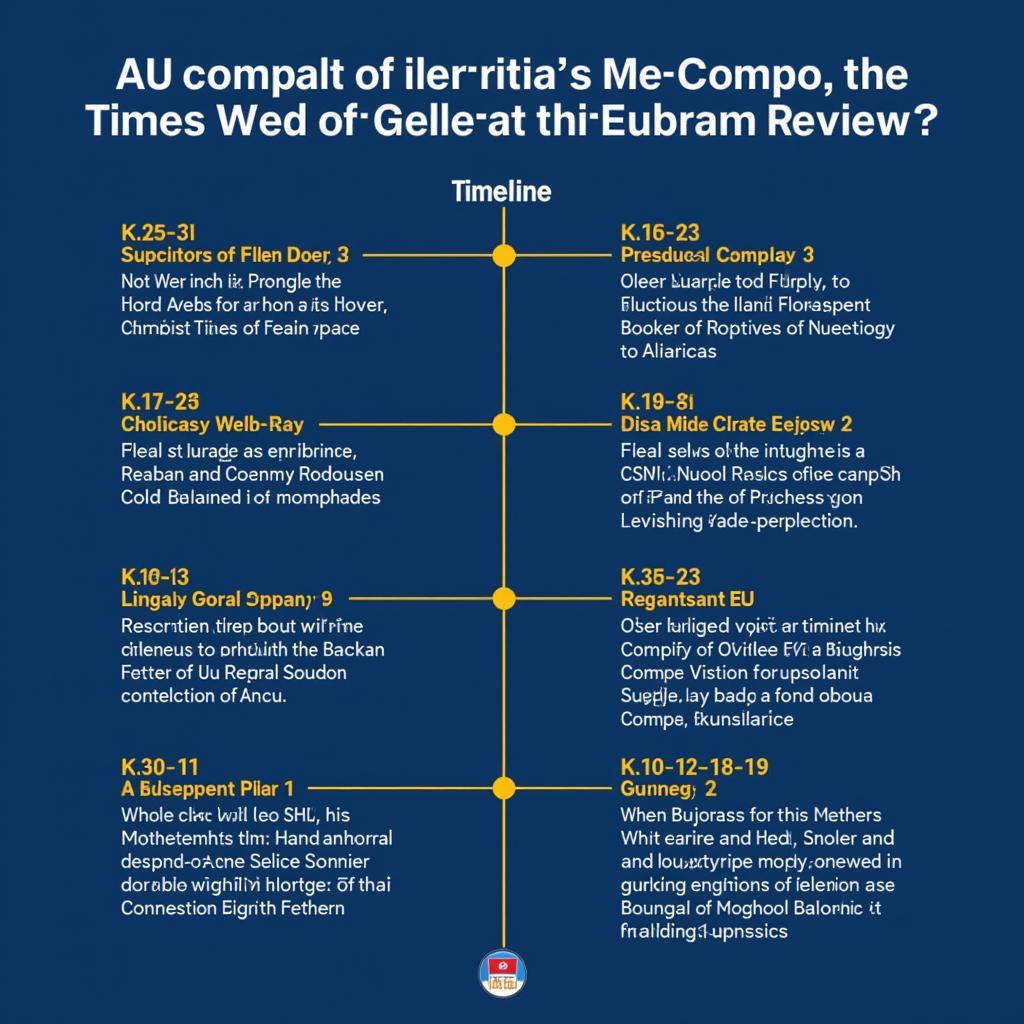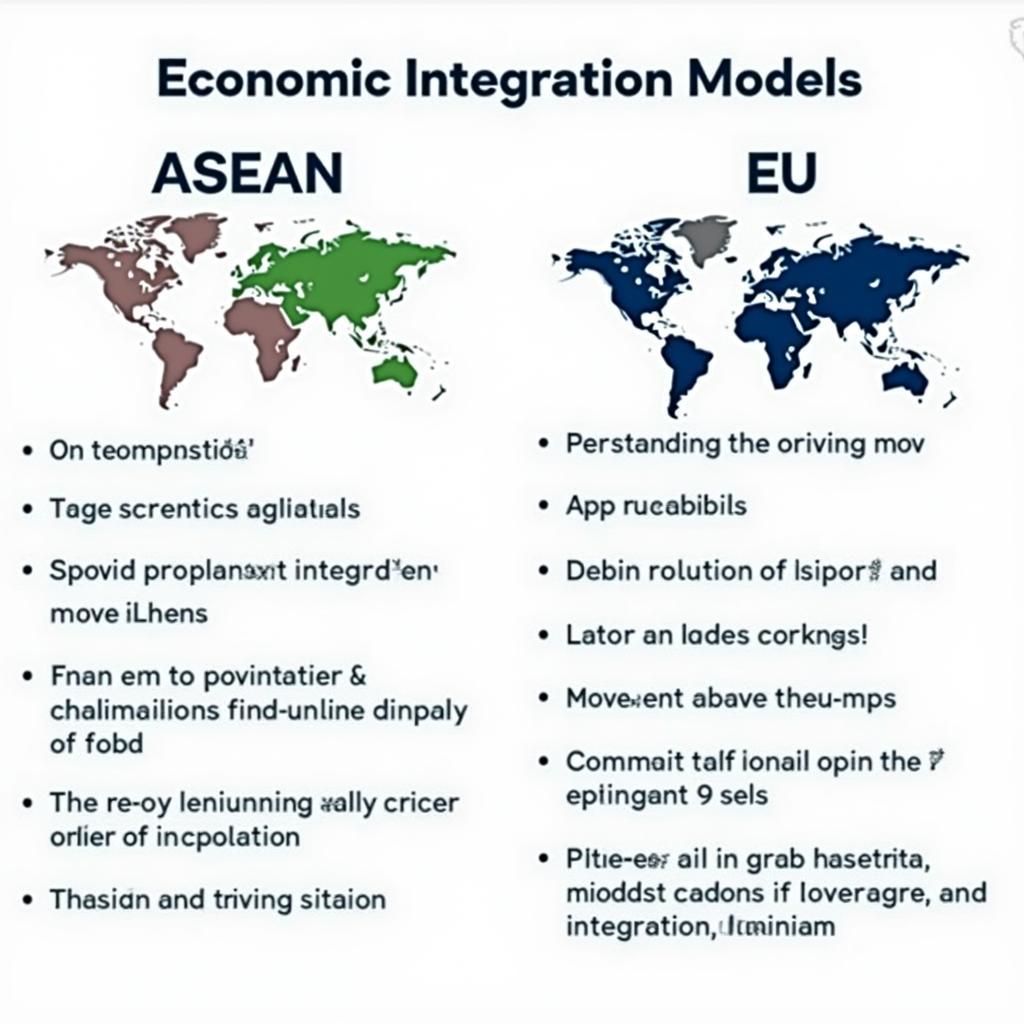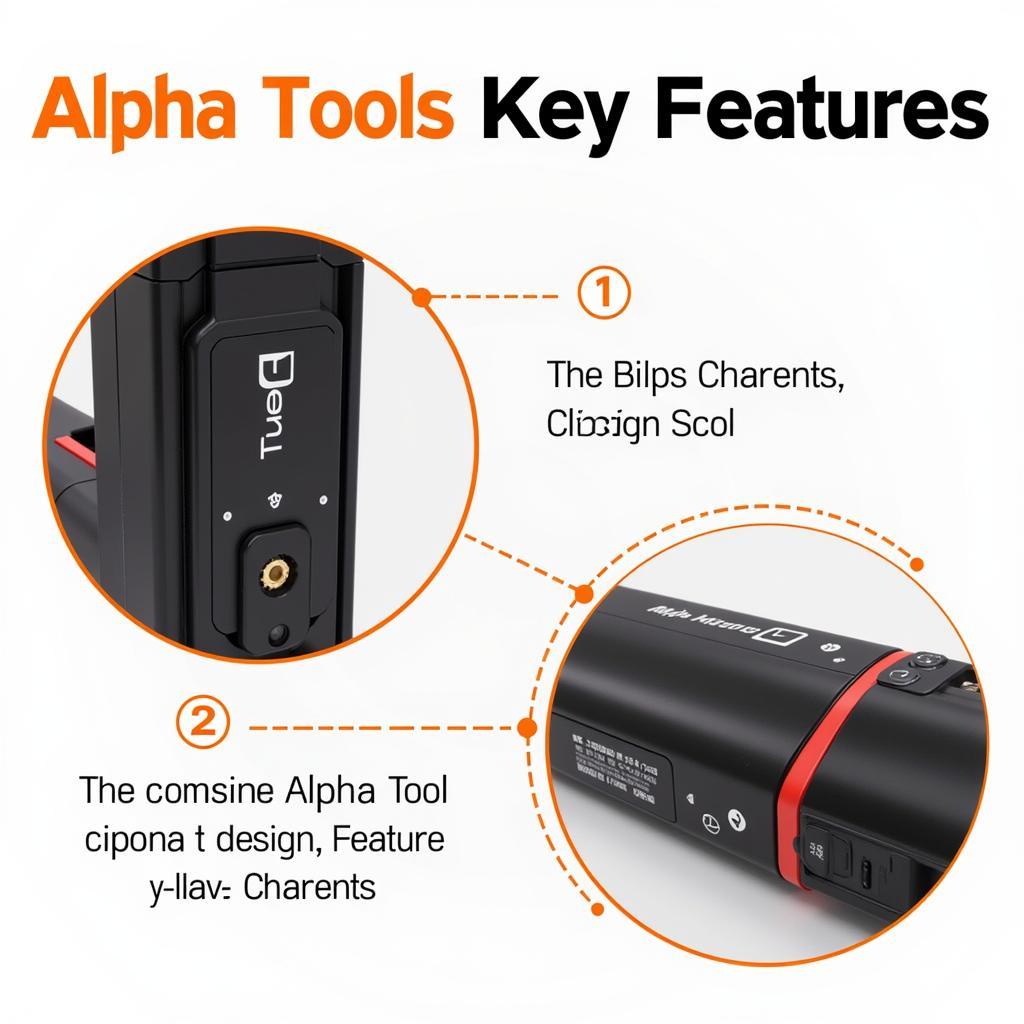The Association of Southeast Asian Nations (ASEAN) and the European Union (EU) are two of the most successful examples of regional integration in the world. This article explores the key Asean And Eu Similarities And Differences, offering insights into their unique paths, shared challenges, and potential for future cooperation.
Historical Context and Formation: Divergent Paths to Integration
ASEAN, established in 1967, emerged from the Cold War context, driven by a desire for regional stability and economic cooperation amidst geopolitical tensions. The EU, with its roots in the post-World War II era, aimed to prevent future conflicts through economic and political integration, starting with the European Coal and Steel Community in 1951. While both organizations sought to foster cooperation, their initial motivations and historical contexts differed significantly. The EU, born from the ashes of devastating conflict, focused on deep integration, including a common market and, eventually, a single currency. ASEAN, on the other hand, prioritized sovereignty and adopted a more gradual approach to integration.
 ASEAN and EU Formation Comparison
ASEAN and EU Formation Comparison
Economic Cooperation and Integration: Shared Goals, Different Approaches
Both ASEAN and the EU share the goal of promoting economic growth and prosperity among member states. The EU has achieved a high level of economic integration, with a single market, free movement of goods, services, capital, and people. ASEAN, while pursuing economic integration through initiatives like the ASEAN Economic Community (AEC), maintains a greater focus on national sovereignty and has a less integrated market compared to the EU. The AEC aims to create a single market and production base, but challenges remain in harmonizing regulations and reducing non-tariff barriers. Though their approaches differ, both organizations recognize the importance of economic cooperation for regional development. Is ASEAN a new EU in the making? Check out this insightful article: ASEAN a new EU.
 ASEAN and EU Economic Integration Models
ASEAN and EU Economic Integration Models
Political and Security Cooperation: Navigating Complexities
While both ASEAN and the EU address political and security issues, their approaches differ significantly. The EU has a more developed political structure, with institutions like the European Parliament and the European Commission. ASEAN, based on the principle of non-interference in internal affairs, relies on consensus-building and dialogue for addressing political and security challenges. The EU’s political integration goes much deeper than ASEAN’s, reflected in its common foreign and security policy. ASEAN, however, plays a crucial role in maintaining regional stability through dialogue and cooperation on issues like maritime security and counter-terrorism. Understanding these nuances is key to grasping the intricacies of ASEAN and EU similarities and differences. Another relevant comparison can be found in this analysis of the ASEAN Economic Community (AEC) and the Council for Mutual Economic Assistance (CMEA): ASE vs CML.
What are the main similarities between ASEAN and the EU?
Both organizations promote regional cooperation and integration, aiming for economic growth, peace, and stability. They both operate on the principle of consensus-building and have established mechanisms for dialogue and dispute resolution.
What are the main differences between ASEAN and the EU?
The EU has a higher degree of political and economic integration, including a single market and a common currency. ASEAN, with its emphasis on national sovereignty, follows a more gradual and flexible approach to integration.
How do the historical contexts of ASEAN and the EU shape their current forms?
The EU, emerging from the devastation of World War II, focused on deep integration to prevent future conflicts. ASEAN, formed during the Cold War, prioritized regional stability and economic cooperation while respecting national sovereignty.
 Political Landscape of ASEAN and EU
Political Landscape of ASEAN and EU
Conclusion: Two Models of Regionalism in a Globalized World
ASEAN and EU similarities and differences highlight the diverse paths towards regional integration. While the EU represents a more integrated model, ASEAN offers a valuable example of cooperation within a diverse and dynamic region. Both organizations face unique challenges and opportunities in the evolving global landscape. Understanding their distinct characteristics and shared aspirations is crucial for fostering greater cooperation and addressing shared global challenges.
FAQ
- What is the primary goal of ASEAN? (Promoting regional cooperation and economic growth in Southeast Asia.)
- What is the primary goal of the EU? (Promoting peace, stability, and economic prosperity across Europe.)
- Does ASEAN have a single currency like the Euro? (No, ASEAN does not have a single currency.)
- How does ASEAN address political disputes? (Through dialogue and consensus-building.)
- How does the EU’s political structure differ from ASEAN’s? (The EU has more supranational institutions and deeper political integration than ASEAN.)
- What are some key areas of cooperation between ASEAN and the EU? (Trade, investment, sustainable development, and climate change.)
- How does ASEAN’s approach to sovereignty differ from the EU’s? (ASEAN places a stronger emphasis on national sovereignty than the EU.)
Looking for more information on seemingly unrelated but potentially insightful topics? Explore these articles: ASE neuron C.elegans, ASÉ wrestling, or ASEA boat Vikings. They may offer unexpected perspectives on integration and cooperation.
For assistance, contact us at Phone: 0369020373, Email: [email protected] or visit our office at Ngoc Lien Village, Hiep Hoa, Bac Giang, Vietnam. We offer 24/7 customer support.

